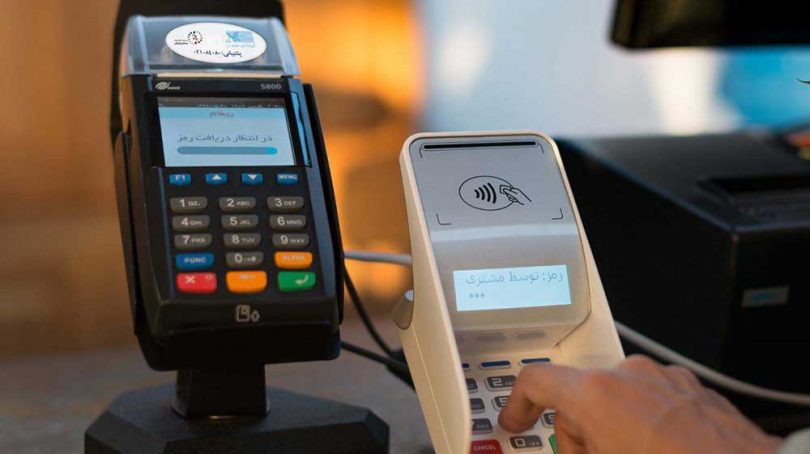Iran’s payment settlement network Shaparak processed more than 1.443 billion transactions worth 1.50 quadrillion rials ($32.02 billion) in the ninth month of the current fiscal year to Dec. 21, registering a respective increase of 3.44% and 8.19% in terms of volume and value compared with the previous month.
The Central Bank of Iran-affiliate also notes in its latest report published on its website that the number and value of transactions have jumped by 35.04% and 26.47% respectively when compared with the same month of last year.
The significant rise in the rial value of transactions has materialized due to a hike in inflation–currently at 10%–and more payment instruments, a rise in the number of cardholders and an increasing tendency toward employing electronic payment methods instead of physical money.
This is while the overall number of payment instruments has decreased.
Shaparak monitors Internet and mobile payment instruments, in addition to point-of-sale devices in shops throughout the country. The number of Internet and mobile instruments increased by a respective 2.05% and 4.13% in the ninth month of the year compared with the previous month, but the number of POS devices fell by 3.42%, indicating an overall contraction of 2.52%.
In terms of numbers, Internet and mobile payment instruments slightly increased their market share to reach 8.67% and 6.25% respectively in the ninth month, but POS devices still hold a dominating share of 85.05%.
But in terms of transaction share, POS devices are even more predominant as 88.18% of all transactions were conducted through them and Internet and mobile instruments had a small share of 3.40% and 8.42% respectively.
Shaparak’s main services include the purchase of products and services, payment of bills, buying cellphone recharges and offering account balance check.
Transactions aimed at purchasing products and services had the lion’s share at 78.36% while the share of transactions conducted to pay bills and buy mobile top-ups stood at 15.59%, only 6.04% of which pertained to checking account balances.
While account balance checks are free of charge, transactions made to purchase products and services boasted a 95.81% value share of all transactions, with the rest going to transactions aimed at clearing bills and buying mobile recharges.
Shaparak in National Economy
At a time when Shaparak was drafting the report, the central bank had not yet published its official statistics on liquidity for the eighth and ninth months of the current year, so the entity calculated the ratio of the value of transactions to liquidity using data from the seventh month.
As liquidity stood at 14.30 quadrillion rials ($304.361 billion) in the seventh month to Oct. 22 and the value of all Shaparak transactions stood at 1.432 quadrillion rials ($30.468 billion), the ratio was 10.21%, signaling a decrease compared to the 11.07% and 11.10% registered in the two previous months.
However, the central bank has since disclosed its data for the eighth month, putting the volume of liquidity at 14.24 quadrillion rials ($303.06 billion).
As the value of Shaparak’s transactions were registered at 1.391 quadrillion rials ($29.59 billion) in the same month, the ratio of transactions’ value to liquidity comes to 10.24%.
In the seventh month of the year, the total value of banknotes and coins circulating in the country stood at 343.6 trillion rials ($7.31 billion), meaning that the ratio of banknotes and coins to liquidity in that month stood at 2.45%.
According to Shaparak, the figure for GDP stood at 3.21 quadrillion rials ($68.48 billion) in the last winter to March 2017, meaning that as the value of all transactions was equal to about 4.15 quadrillion rials ($88.48 billion), the ratio of the value of transactions to GDP stood at 129.2%.
The value of transactions first surpassed GDP in the last quarter of the fiscal 2014-15 when the aforementioned ratio was 109.52%. It then dipped below 100% once more for the next three quarters, but gained lost ground to stand at 113.67% in the winter of the fiscal 2015-16.
According to Shaparak’s report, 90.35% of all the transactions were successful while 9.65% failed.
Errors on the receiving end, i.e. errors from the switch of the company offering payment services, were responsible for 26.03% of the errors to signify the highest share while Shaparak’s switch itself had a 13.61% share.


